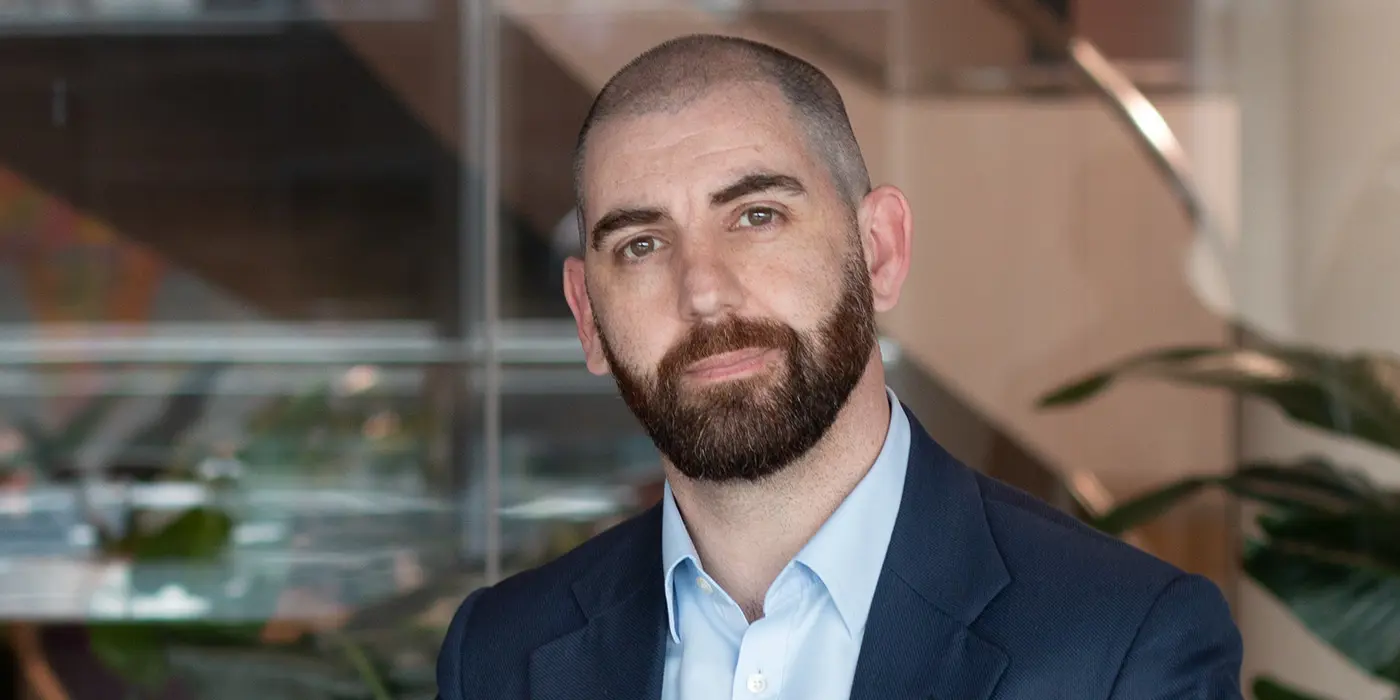
Webinar Series: Deep Dive into Scope 3 Emissions & Achieving Targets
30 May 2023
Scope 3 emissions typically account for as much as 80% of a company’s total emissions. While many companies have developed tangible strategies to reduce their Scopes 1 & 2 emissions, tackling Scope 3 is proving far more challenging given the lack of available data, its relative opaqueness and the notorious subjectivity around ownership of emissions.
This 4-part series was designed to educate operational staff engaged in ESG & climate topics and appropriate procurement personnel from private equity portfolio companies about Scope 3 emissions, as well as why and how to engage with their value chain partners to reduce emissions impact overall. The webinar series provided practical guidance that was brought to life by real-world case studies from sustainability professionals, in a broad range of sectors, who lived and breathed the journey.
We presented the following webinars:
Deep Dive on Scope 3: Unpacking Value Chain Emissions Complexity
24 May at 4 PM BST
Scope 3 Emissions: Data Collection & Transparency
31 May at 4 PM BST
Setting Scope 3 Targets
08 June at 4 PM BST
Achieving Scope 3 Targets through Engagement
29 June at 4 PM BST
Watch the playbacks:
Deep Dive on Scope 3: Unpacking Value Chain Emissions Complexity
In this webinar Baringa:
- Contextualised the need for Scope 3 measurement and accounting
- Discussed the most widely used framework for doing so: the GHG Protocol
- Provided a framework for calculating your Scope 3 emissions
- Brought these learnings to life with a case study from Guala Closures
Scope 3 Emissions: Data Collection & Transparency
In this webinar Baringa:
- Discussed the four-step iterative process for collecting and evaluating Scope 3 data:
- Prioritize collecting higher quality data for significant emissions based on the emissions’ characteristics
- Select primary and secondary data sources; giving you a framework for evaluation
- Collect the most precise data available to your business; identifying common pitfalls
- Improve emissions measurement and reporting based on changes to the internal and external landscape
- Provided insights into Scope 3 tools in the market that can help your business
- Brought these learnings to life with three case studies
Setting Scope 3 Targets
In this webinar Baringa:
- Introduced science-based targets and how the Science Based Targets initiative (SBTi) supports and validates targets for corporates
- Discussed different methods to set Scope 3 targets and the pros and cons of the different target types
- Provided insights into best practices and minimum requirements when setting Scope 3 targets
- Brought these learnings to life with two case studies
Achieving Scope 3 Targets Through Engagement
In this webinar Baringa:
- Discussed different methods a company can use to reduce their Scope 3 emissions through engagement with their value chain
- Provided best practices and helpful tools to help engage with suppliers and customers
Our Experts


Related Insights

Future-proofing climate disclosures: Leveraging climate reporting for nature
Forward-thinking companies are integrating climate and nature into their strategies to drive innovation and resilience.
Read more
Transition planning in turbulent times: How financial institutions can adapt and lead
The shift to a low-carbon economy is challenging for financial institutions; we explore how they can adapt and lead in today's tough landscape.
Read more
Simplification Omnibus: what you need to know and where to go from here
We share what the Simplification Omnibus means for CSRD, CS3D and the EU Taxonomy and how you should respond.
Read more
2025 Outlook: What lies ahead for climate and sustainability in financial services?
Here's what's front of our minds for 2025 based on our dialogue with, and work for, climate and sustainability leaders across financial institutions.
Read moreIs digital and AI delivering what your business needs?
Digital and AI can solve your toughest challenges and elevate your business performance. But success isn’t always straightforward. Where can you unlock opportunity? And what does it take to set the foundation for lasting success?